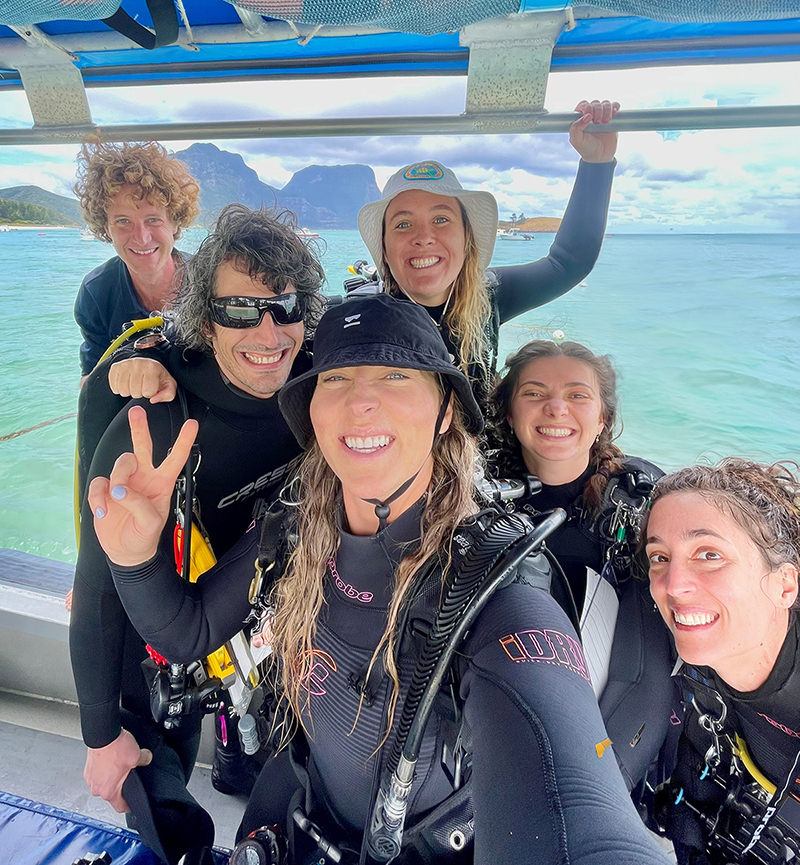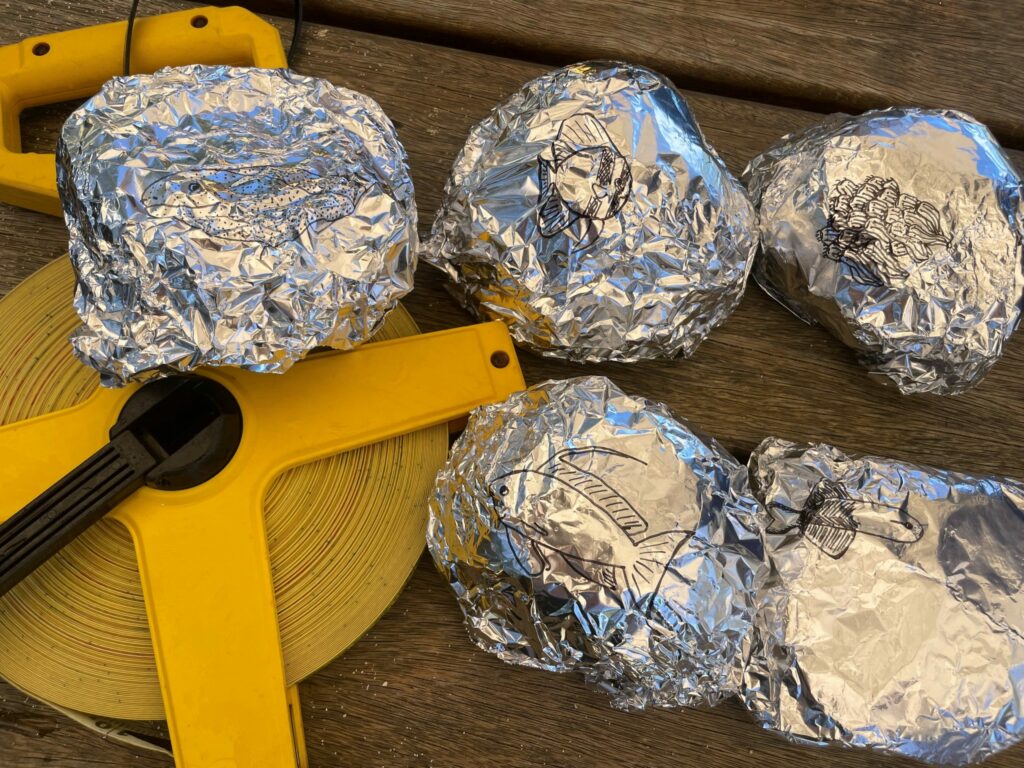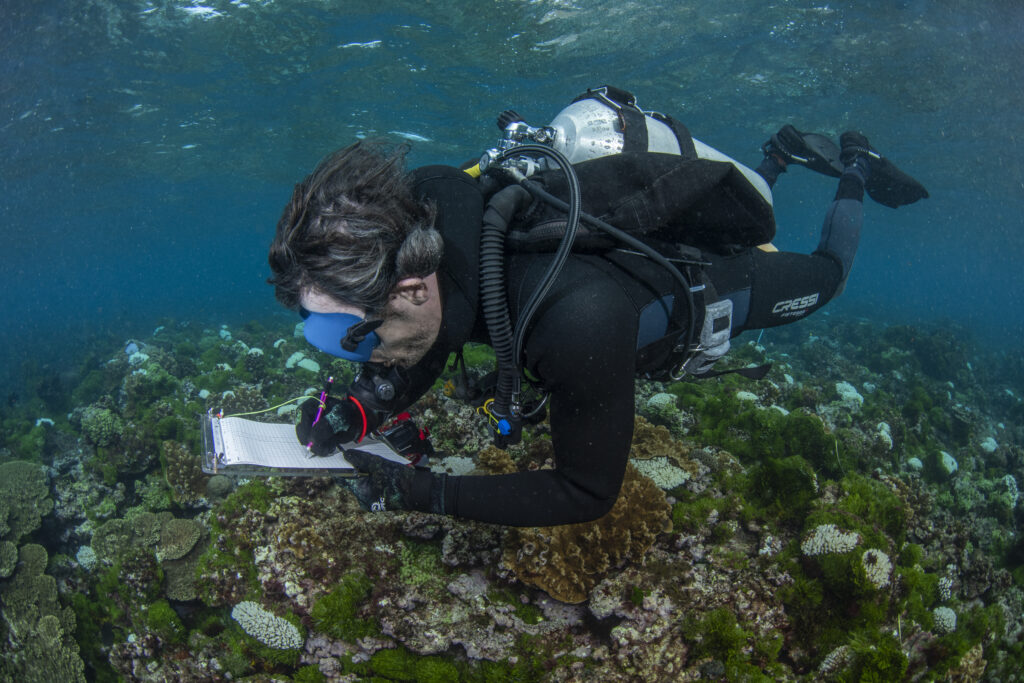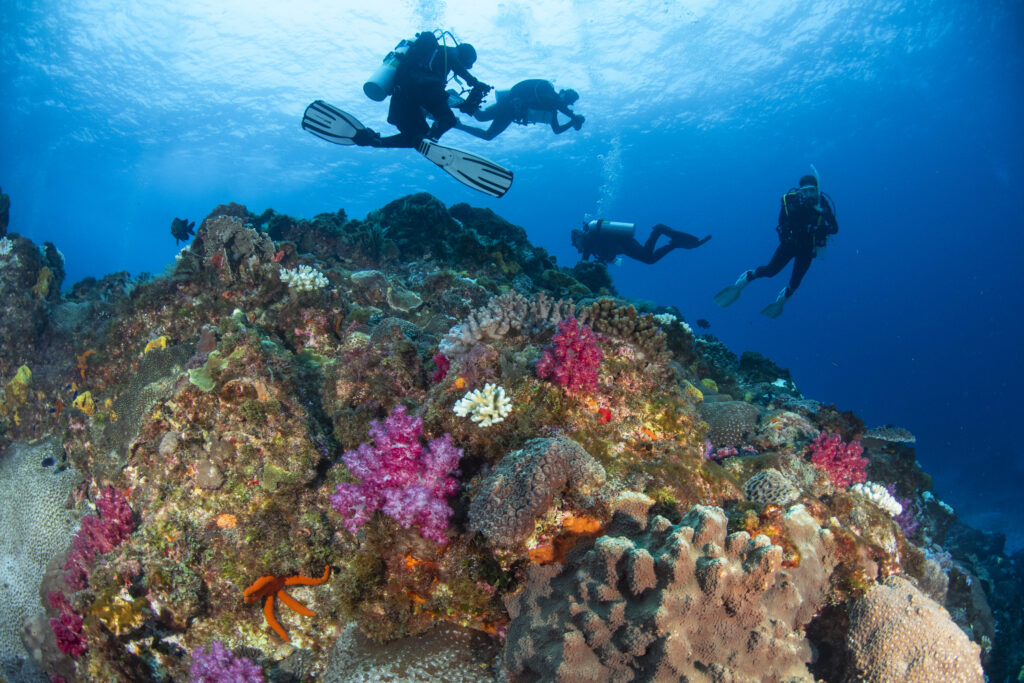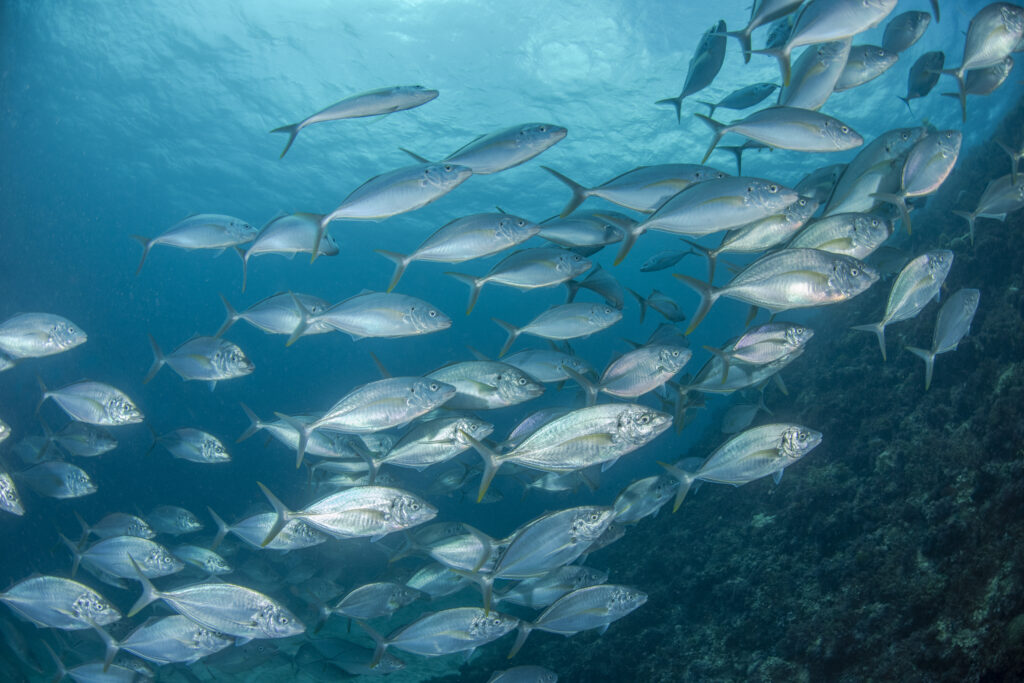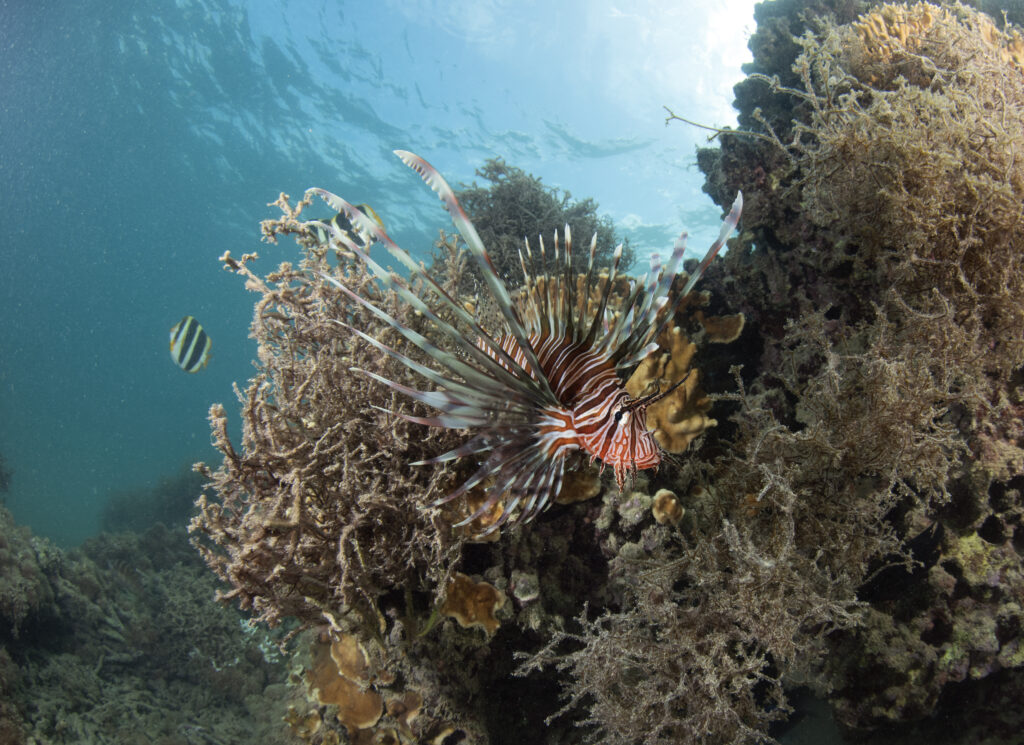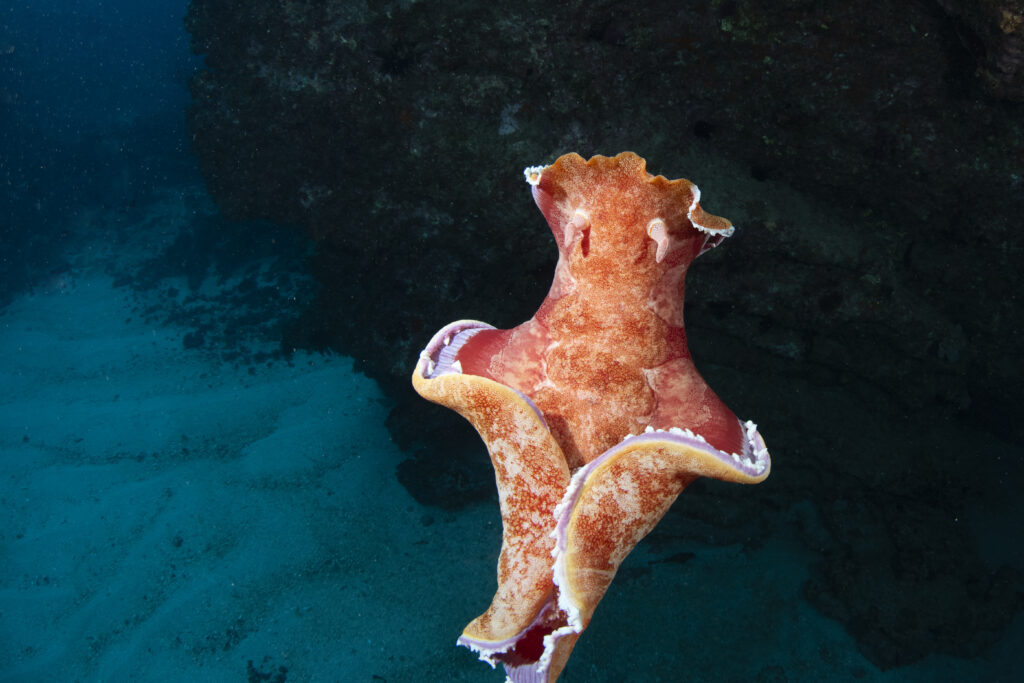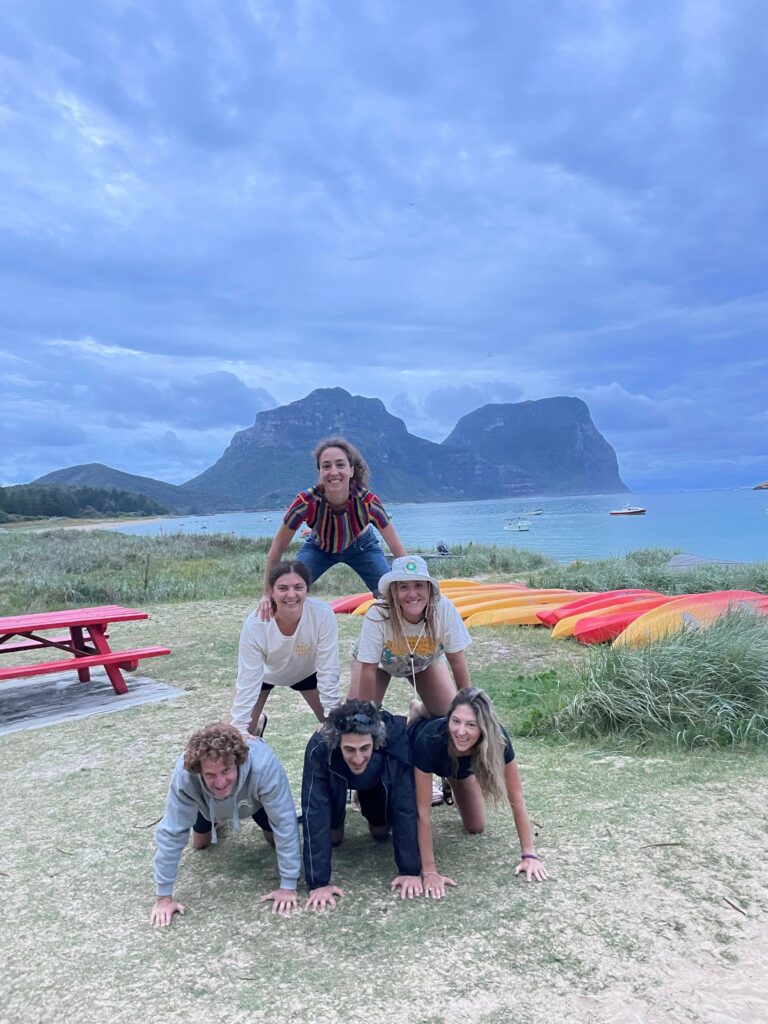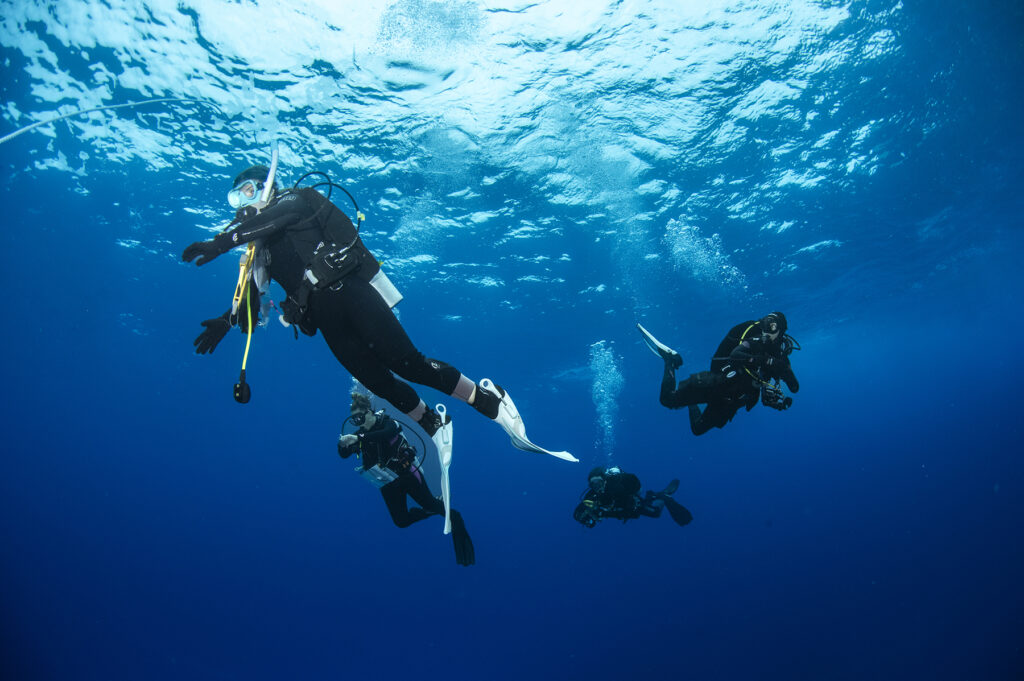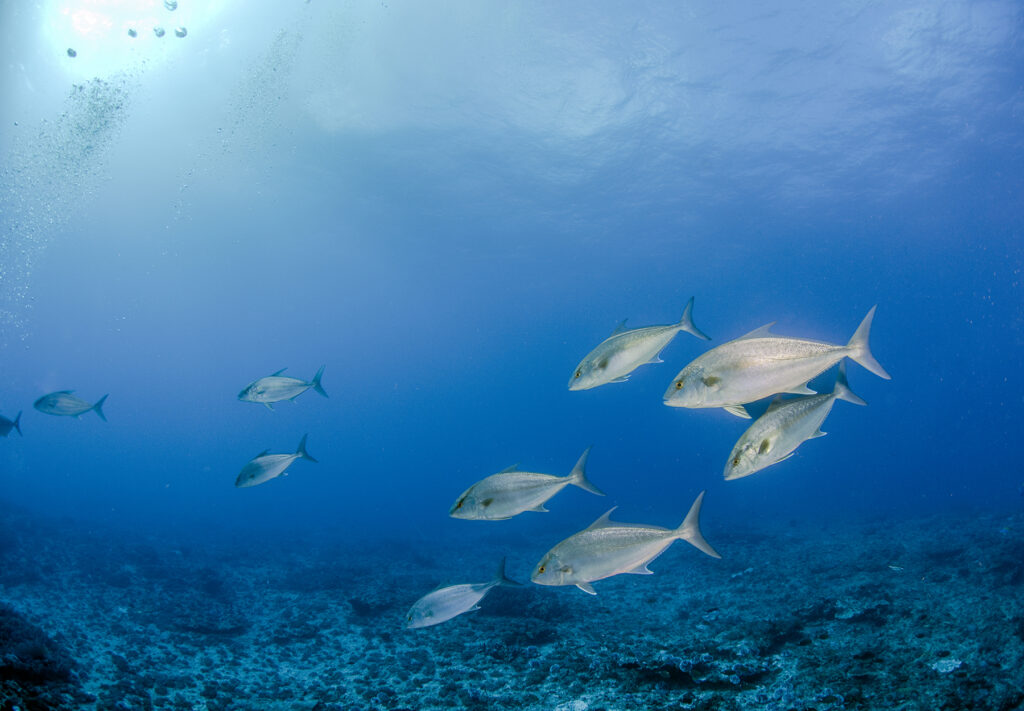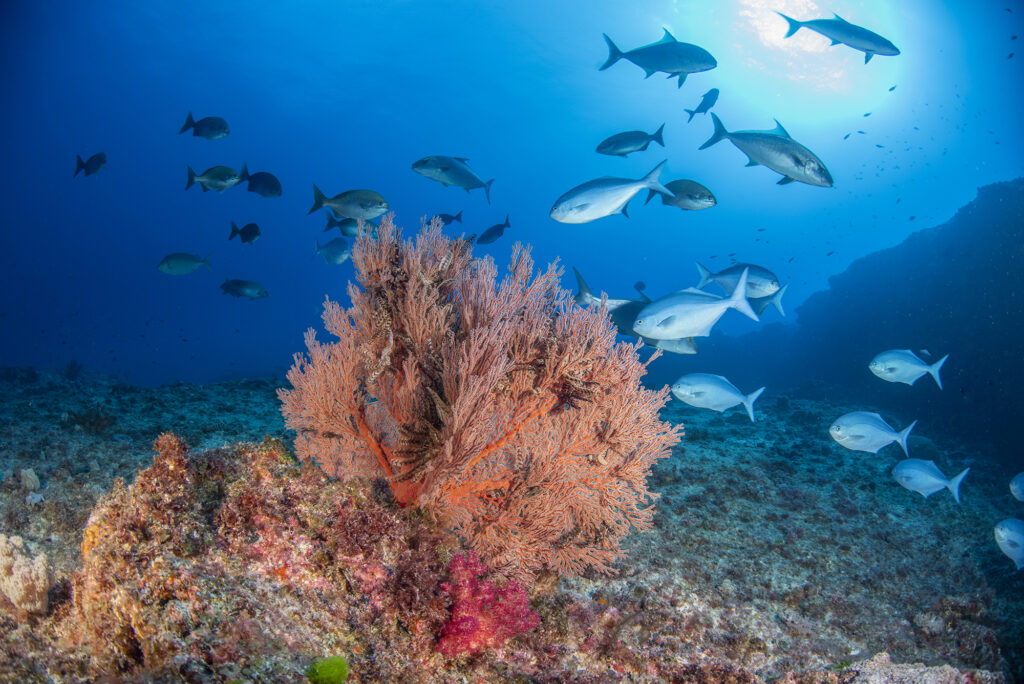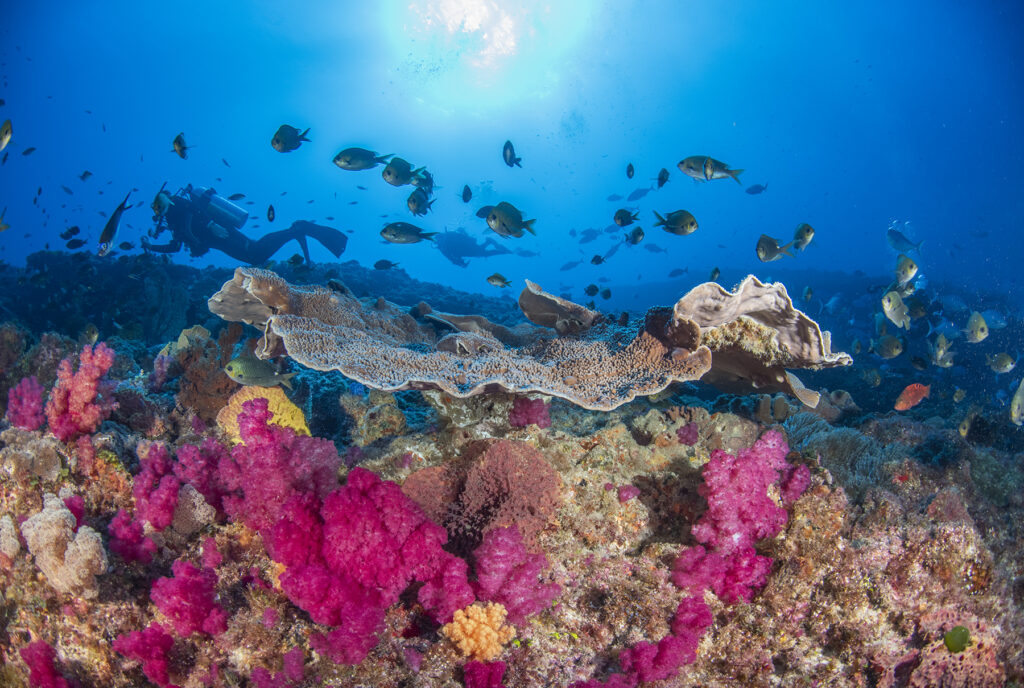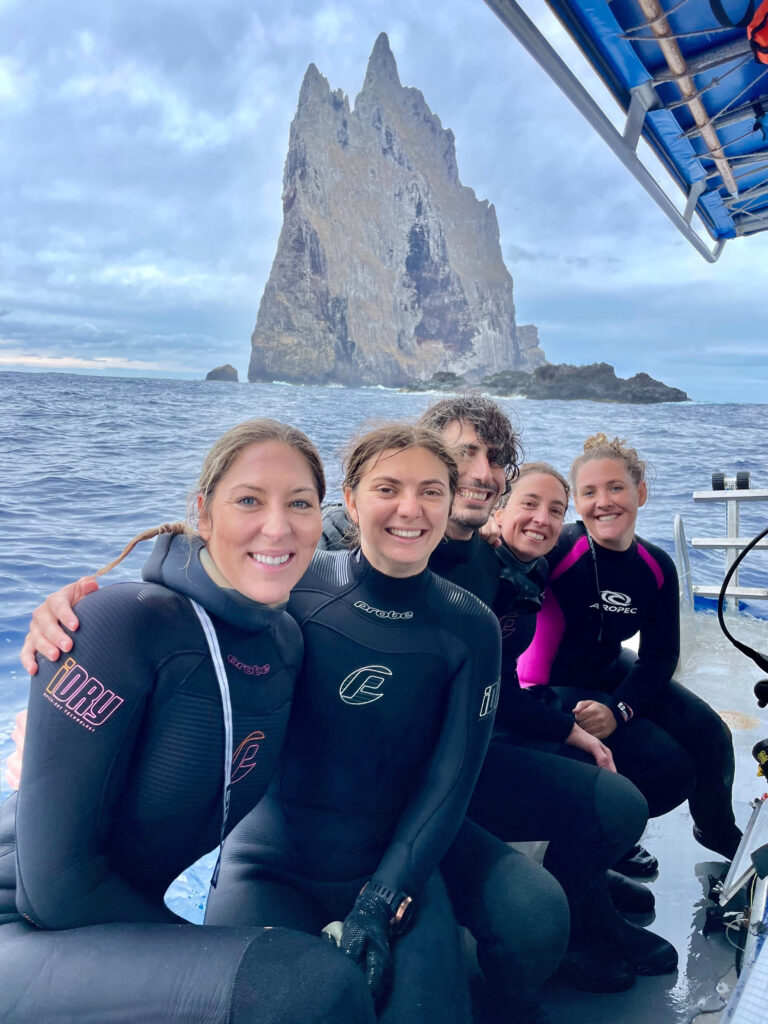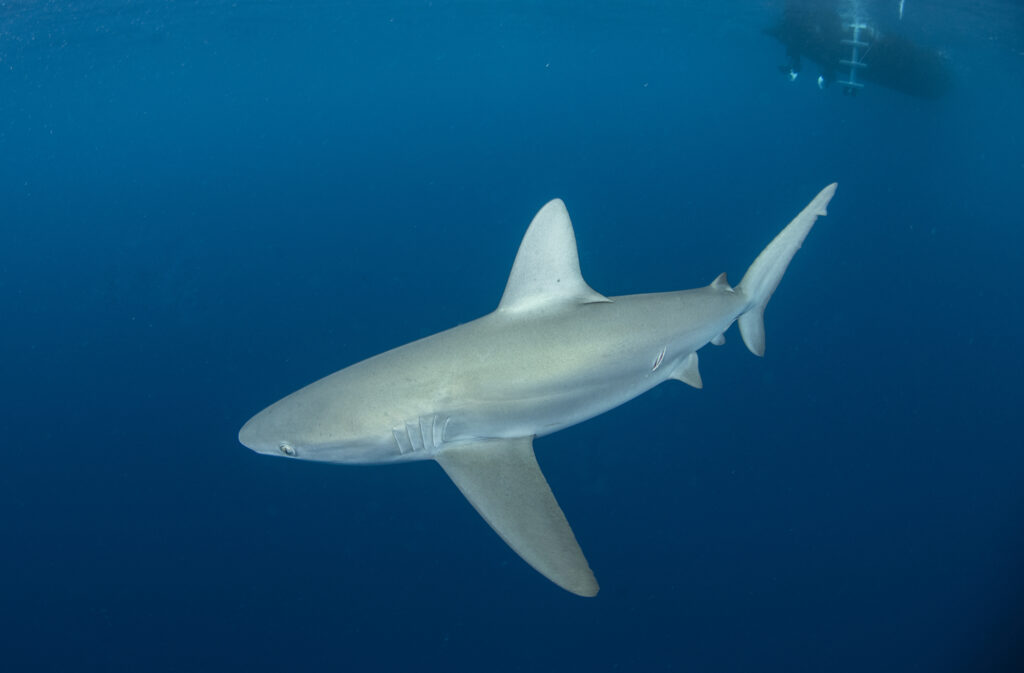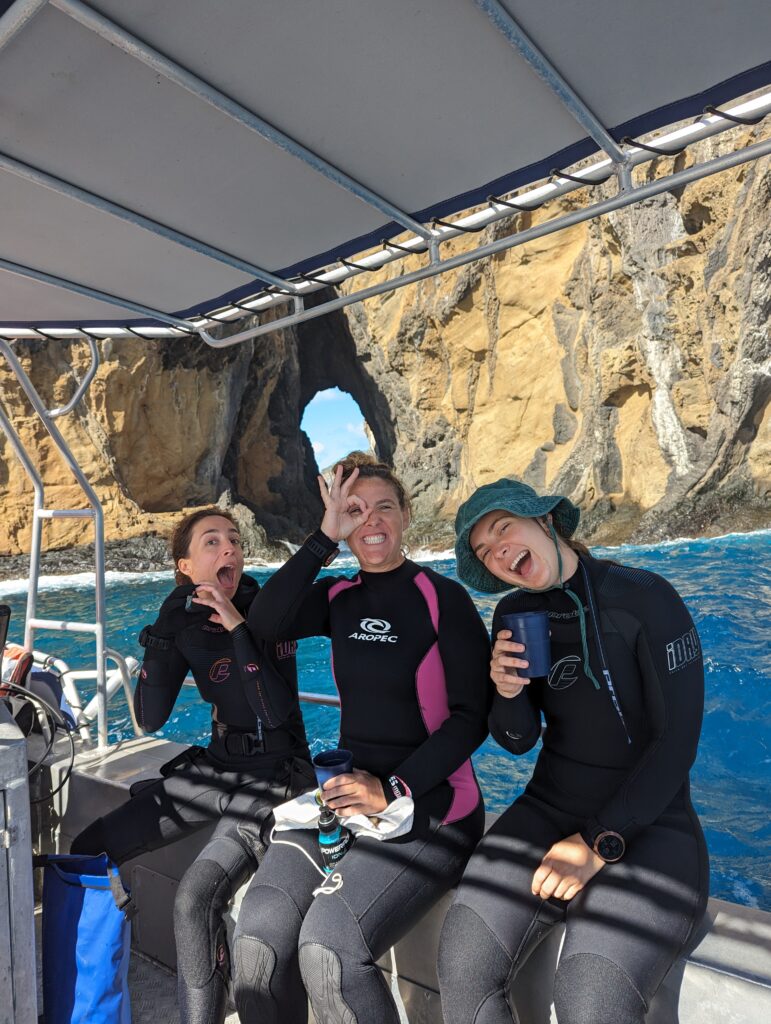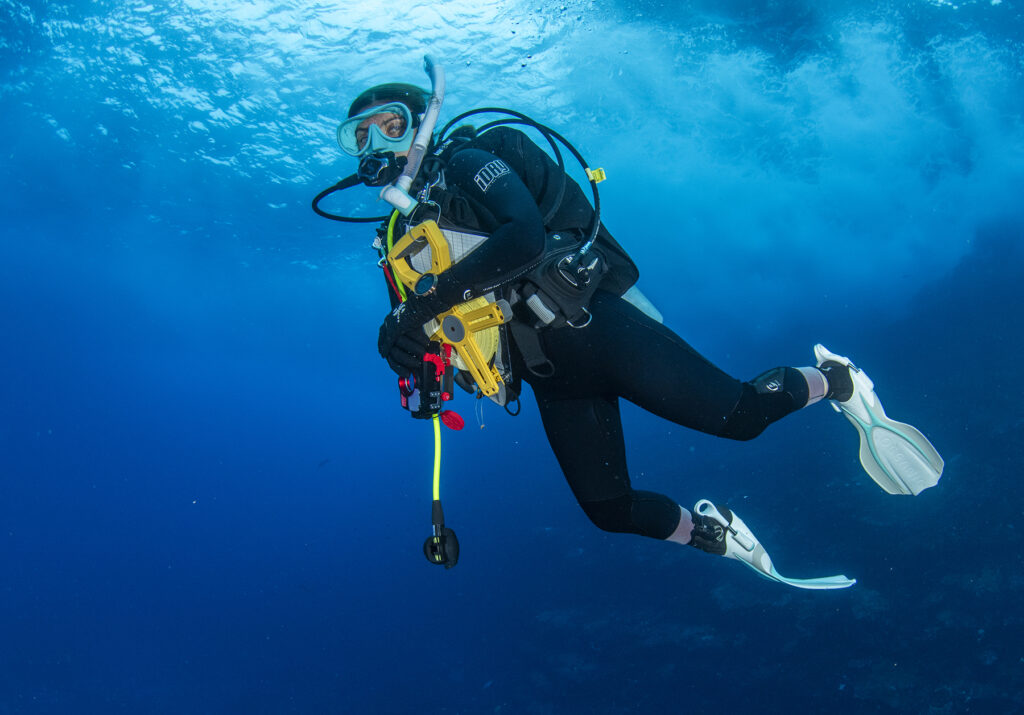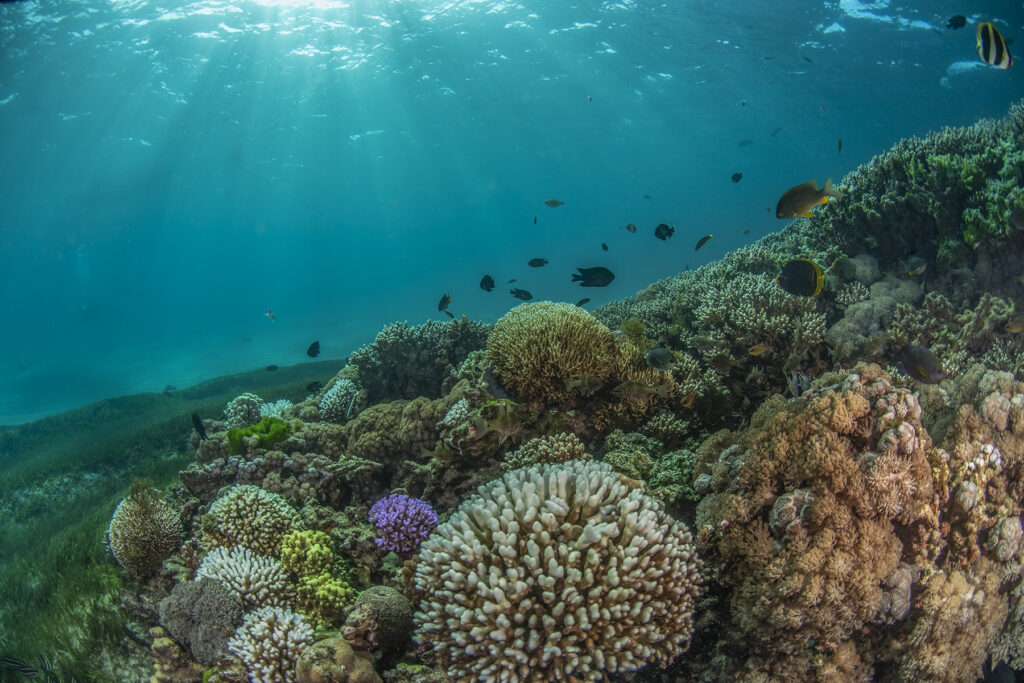March 2024 saw the RLS team return to the beautiful Lord Howe Island to complete biennial biodiversity surveys. Flying into Lord Howe Island is a sight to behold, with volcanic mountains shrouded in mist, surrounded by the stunning turquoise waters of the coral reef. The Dash-8 plane descends over the lagoon, feeling as if it may land on the reef itself before it finds the runway. Suddenly you find yourself in one of the most stunning places on earth.
Reef Life Survey divers have been regularly collecting biodiversity data at Lord Howe Island since 2009, in a continuation of monitoring surveys spanning back to 2006, when they were initially conducted by Aquenal. Approximately every two years since, RLS volunteers have travelled to LHI on surveying expeditions, recording species and habitat data across these longstanding monitoring sites. Over the years, the island has seen several major coral bleaching events, and this year has marked another event of thermal stress- the impacts of which are yet to be fully understood. The importance of collecting habitat data was on the minds of this year's team as they piled into the research station for the first time in two years.
This time around, the team was led by RLS Trainer and Coordinator Toni Cooper, who is a regular attendee of the Lord Howe surveys, along with five other volunteer divers, most of whom had never been to the island before. Joining Toni on this trip were Yanir Seroussi, Claudia Santori, Maddie Davey, Cassie Nolan and Nyrie Palmer hailing from Queensland, New South Wales and Victoria. With a rich assemblage of marine inhabitants made up of both local endemic species and widespread Indo-Pacific species, those new to the island had a lot of pre-training to do before tackling these challenging surveys!
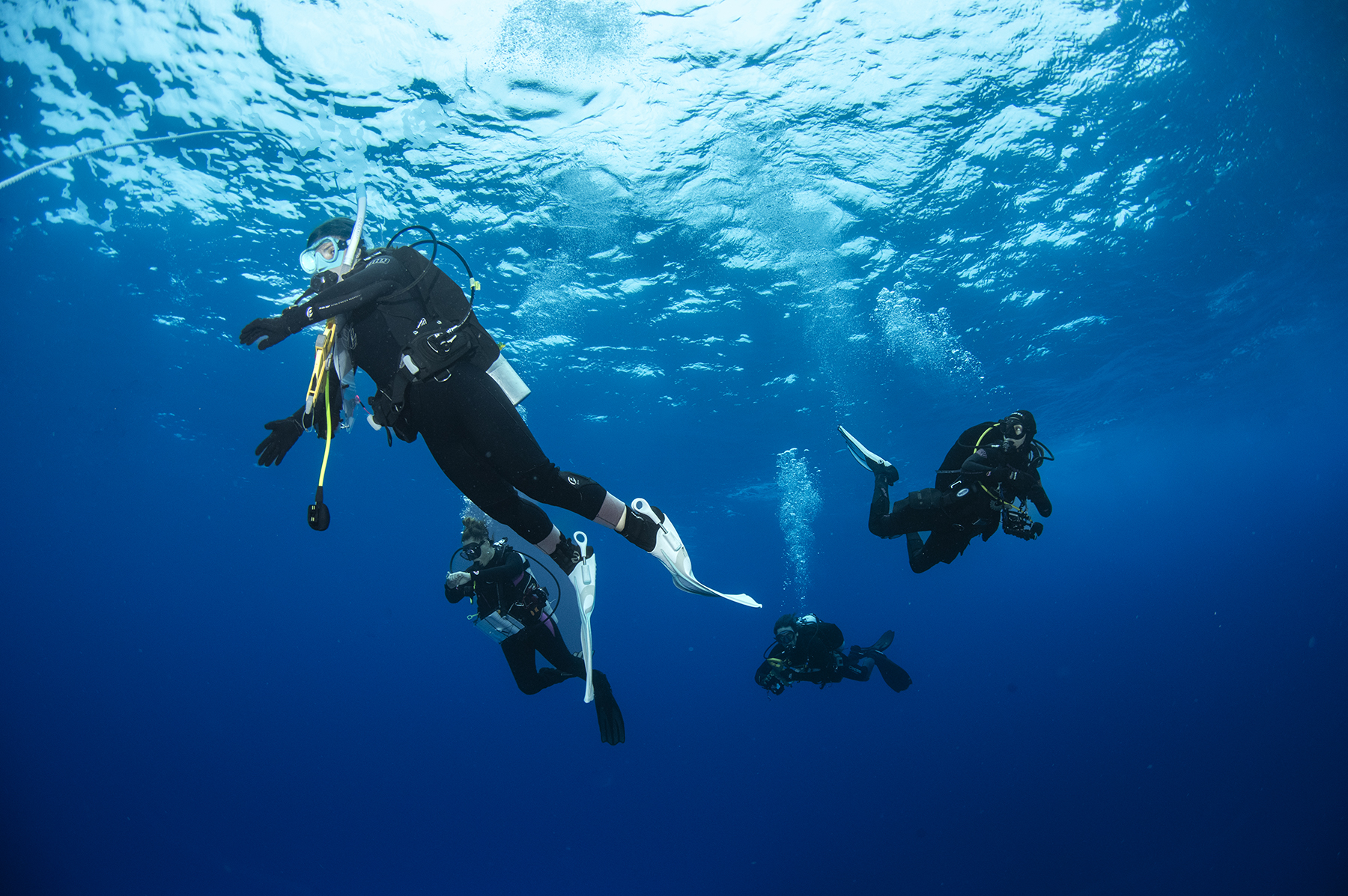
Bad weather plagued the island the day of arrival, and the next for that matter, so to stave off itchy feet the team passed the first day with some exploring on land, climbing up Malabar and getting a magnificent bird's eye view of the island.. but the fish eye view was still days away from their reach. By day three, the wind and swell had let up enough for the team to get in the water, and the first dives did not disappoint. Although affected by bleaching currently, the reef at Lord Howe Island is beautiful, with incredible species diversity. Species such as double header (Coris bulbifrons) and banded parma (Parma polylepis) were common on many dives, consistently getting in the way of our reels! Juvenile Galapagos whaler sharks (Carcharhinus galapagensis) were sighted regularly, as were other beautiful pelagic species such as yellow-tail kingfish (Seriola lalandi), amberjacks (Seriola dumerili and Seriola rivoliana) and trevally (Carangidae spp.).
Although the weather remained temperamental throughout the trip, the team managed to squeeze in a whopping 82 surveys spanning 32 designated monitoring sites. We enjoyed clear blue waters on most of these dives, whilst some had a mere 10m visibility. The Observatory at Balls Pyramid was an especially notable dive, with 50m visibility and high diversity. The pyramid itself is an incredible sight, along with the boat trip out, seeing white bellied storm petrels, flying fish and mutton birds.
Most days saw the team conduct two or three surveys each, devouring a quick packed lunch in between surveys. ‘Fish of the Day’ became a daily ritual, and artistically talented Claudia would draw everyone’s most exciting fish on their lunch packs the next day, making the quick lunch break a favourite time of day for all.
To round out the trip, the team were invited on a ‘fun’ dive (as if survey dives weren’t fun enough already!), finally putting down the slate and reel and getting to relax and see some of the other special dive sites that the island has to offer. The dive at The Triangle proved to be absolutely mind blowing, with 50 meters vis, black coral, sharks galore, black cod and glorious numbers of pelagic fish.
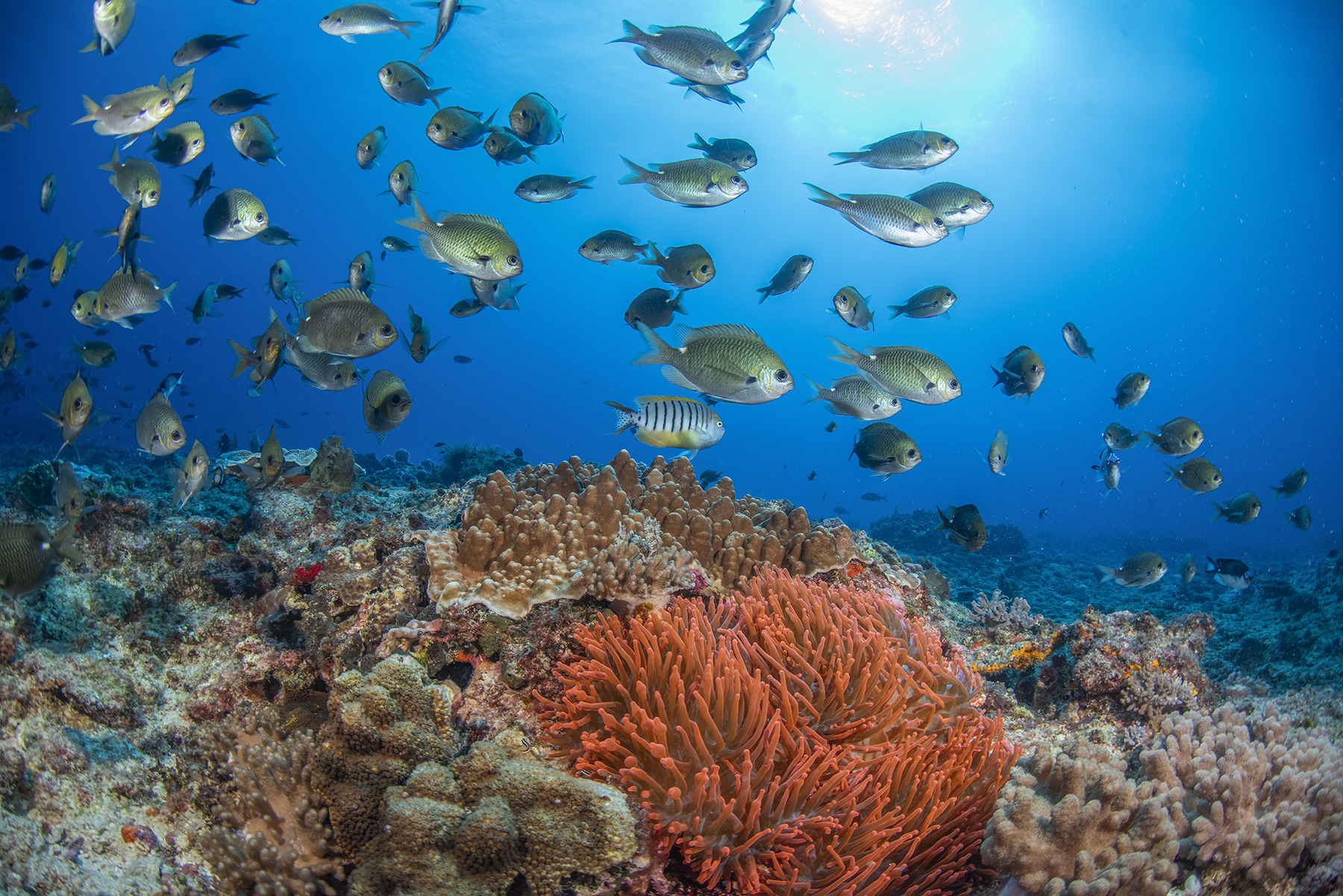
A big thank you goes out to Aaron and Dave from Dive Lord Howe and Justin and Caitlin from NSW DPI, who all worked hard to get the team out on the water every day, despite all the challenges thrown their way. These trips would not be possible without such dedicated, easy-going crew who go above and beyond to help make this essential monitoring happen.
Some highlights that made the trip particularly memorable were Claudia’s lunchtime fish drawings, Joy’s shop (which is an absolute treasure trove), Benny’s fish van, the amazing Balls Pyramid Dives, fun dives at North Rock and the Triangle, and an incredible encounter with a ray kissing Yanir.
It was an incredible privilege to dive the reef of Lord Howe Island. The beauty is second to none and captured the hearts of the whole team. Reef Life Survey look forward to including the collected data in future reports to the Lord Howe Island Marine Park management team.
